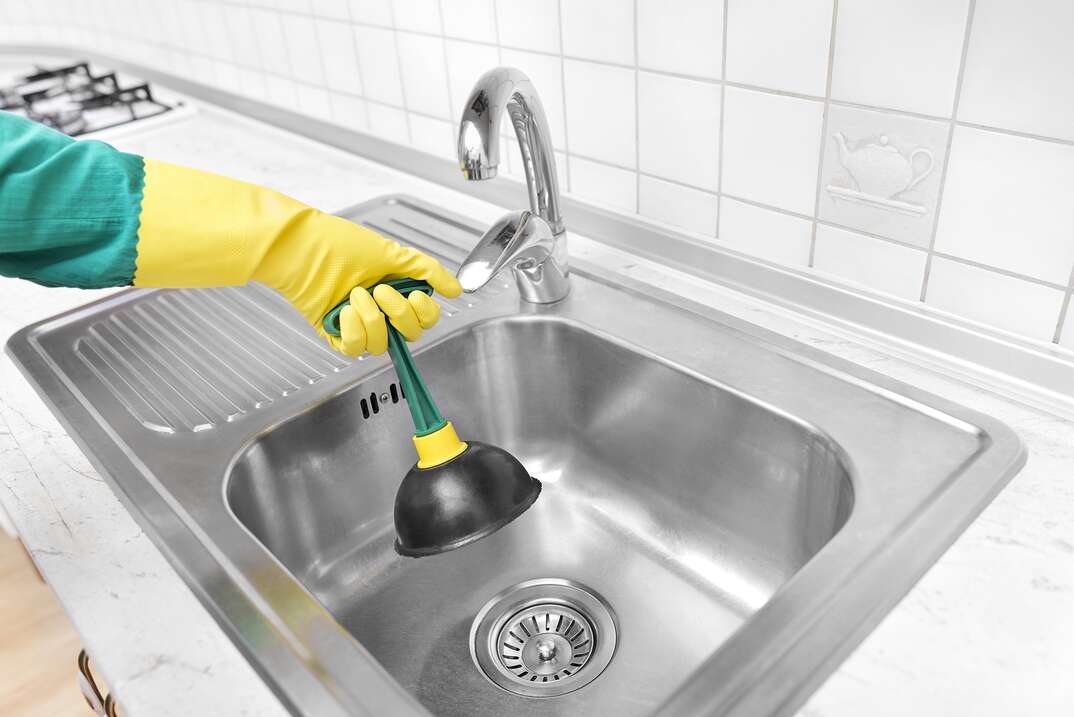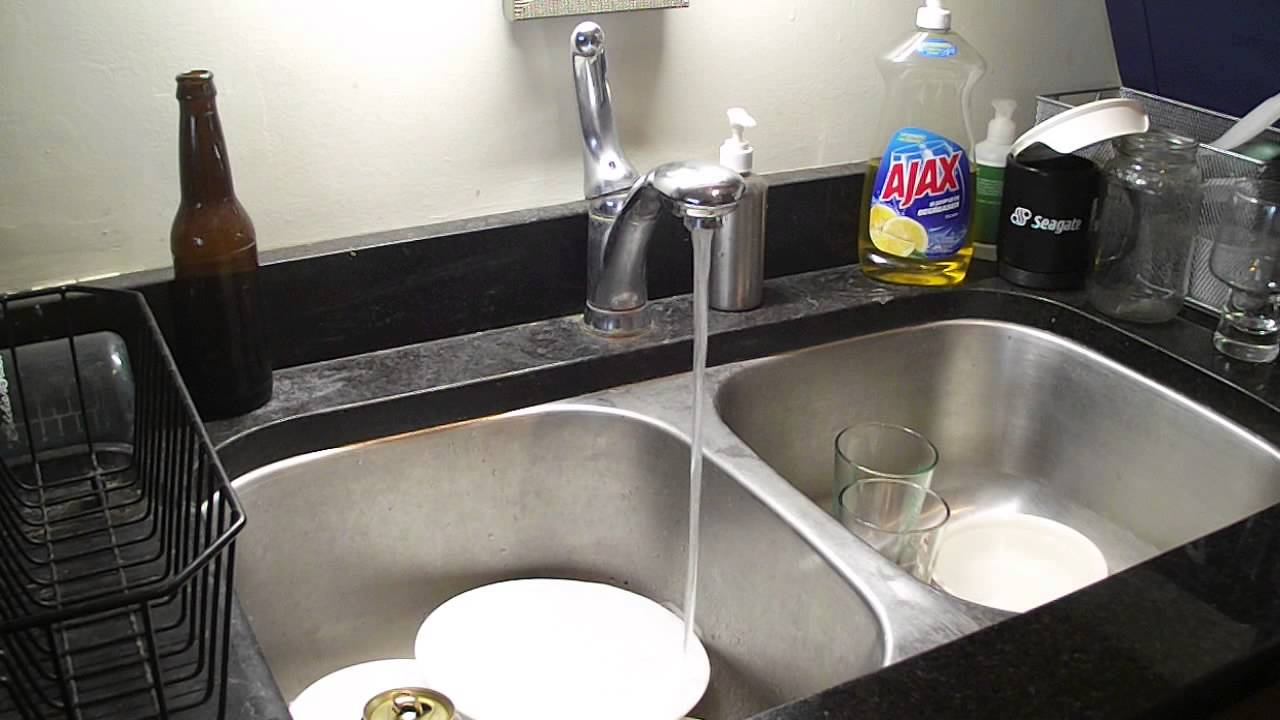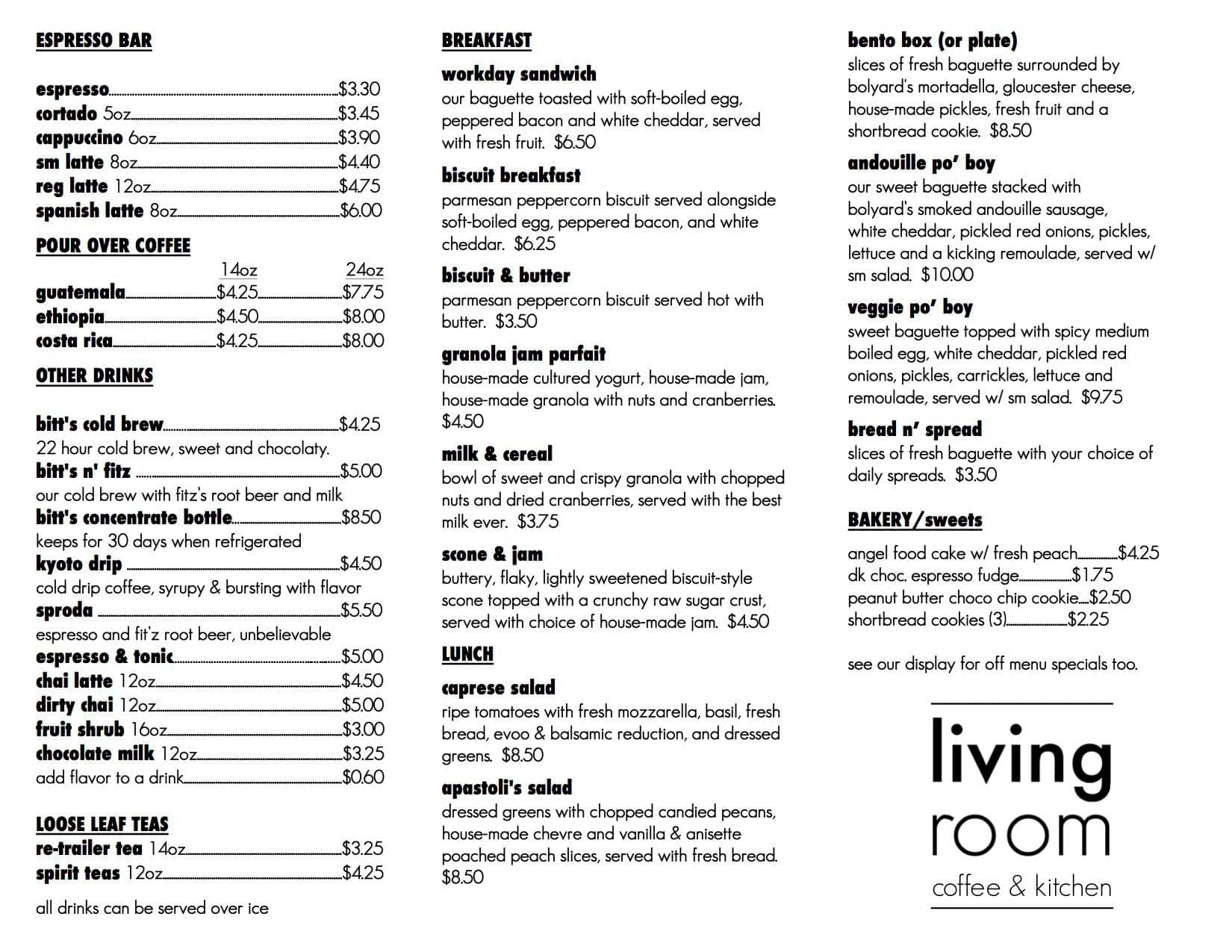Using a Plunger on a Kitchen Sink: Dos and Don'ts
When faced with a clogged kitchen sink, many people's first instinct is to reach for a plunger. This trusty tool has been a go-to for unclogging toilets and drains for centuries. But can you use a plunger on a kitchen sink? The short answer is yes, but there are some dos and don'ts you should keep in mind.
How to Unclog a Kitchen Sink with a Plunger
Before you begin plunging your kitchen sink, it's important to understand the proper technique. First, make sure the sink is filled with enough water to cover the plunger's rubber cup. If your sink has a second drain, make sure to cover it with a wet cloth to create a seal. Next, place the plunger over the drain and push down firmly, then pull up quickly. Repeat this motion several times, making sure to maintain the seal. This back and forth motion should create enough suction to dislodge and clear the clog.
Plunging a Kitchen Sink: Tips and Tricks
While plunging may seem like a simple task, there are a few tips and tricks that can make the process more effective. First, make sure to use a plunger with a large rubber cup that can cover the entire drain. Additionally, adding a bit of petroleum jelly around the edge of the cup can create a better seal. If your sink has a garbage disposal, make sure to turn it off before plunging to avoid any accidents.
Can You Use a Plunger on a Double Kitchen Sink?
If you have a double kitchen sink, you may wonder if the same plunger techniques will work. The answer is yes, but it may require a bit more effort. You will need to cover both drains with a wet cloth and use a plunger with a larger rubber cup to create a seal. Plunging one side at a time may also be more effective.
The Best Plunger for Kitchen Sinks
When it comes to plungers, not all are created equal. For kitchen sinks, it's best to use a flange plunger, which has a wider rubber cup and can create a better seal. This type of plunger is also less likely to splash water out of the sink while plunging. It's also important to have a plunger designated specifically for your kitchen sink to avoid cross-contamination.
Why a Plunger May Not Work on Your Kitchen Sink
While plunging can be an effective method for unclogging a kitchen sink, there are some instances where it may not work. If the clog is caused by something solid, like a piece of food, the plunger may not be able to create enough suction to dislodge it. In this case, you may need to try a different method or call a professional plumber.
How to Properly Use a Plunger on a Kitchen Sink
Proper technique is crucial when using a plunger on a kitchen sink. If you don't have a proper seal, you may just be splashing water around instead of unclogging the drain. Additionally, make sure to have a firm grip on the plunger and avoid using excessive force, as this can damage the pipes under your sink. If you're unsure of how to properly use a plunger, it's best to call a professional for assistance.
Alternative Methods for Unclogging a Kitchen Sink
If plunging doesn't work or if you don't have a plunger on hand, there are a few alternative methods you can try. One method is using a drain snake to physically remove the clog from the drain. Another option is using a mixture of baking soda and vinegar to break up the clog. If these methods don't work, it may be time to call a professional plumber.
When to Call a Professional for a Clogged Kitchen Sink
If your attempts at unclogging your kitchen sink have been unsuccessful, it's time to call in the professionals. A plumber will have the necessary tools and expertise to properly diagnose and fix the issue. Additionally, if you're experiencing frequent clogs, it could be a sign of a bigger problem with your plumbing system that only a professional can address.
Preventing Clogs in Your Kitchen Sink: Best Practices
The best way to deal with a clogged kitchen sink is to prevent it from happening in the first place. Here are some best practices to keep in mind:
Exploring the Versatility of a Plunger in Your Kitchen Sink

Can a Plunger Really Be Used on a Kitchen Sink?
 When it comes to household plumbing, a plunger is often associated with unclogging toilets. However, this versatile tool can also be used to unclog your kitchen sink, saving you time and money on a plumber. But before you start plunging away, there are a few things you should know.
First and foremost, it's important to understand why your kitchen sink may be clogged in the first place. The most common culprits are food scraps, grease, and soap residue build-up. These can create blockages in your pipes, causing the water to drain slowly or not at all.
When it comes to household plumbing, a plunger is often associated with unclogging toilets. However, this versatile tool can also be used to unclog your kitchen sink, saving you time and money on a plumber. But before you start plunging away, there are a few things you should know.
First and foremost, it's important to understand why your kitchen sink may be clogged in the first place. The most common culprits are food scraps, grease, and soap residue build-up. These can create blockages in your pipes, causing the water to drain slowly or not at all.
The Steps to Using a Plunger on Your Kitchen Sink
 Before using a plunger on your kitchen sink, it's important to remove any standing water from the sink. You can do this by using a cup or bucket to scoop out the water. Next, fill the sink with a few inches of water to create a seal around the plunger.
Once the plunger is in place, push down and pull up quickly, creating a suction effect. This will help to dislodge any blockages in the pipes. Be sure to cover the entire drain opening with the plunger and continue plunging until the water starts to drain freely.
Before using a plunger on your kitchen sink, it's important to remove any standing water from the sink. You can do this by using a cup or bucket to scoop out the water. Next, fill the sink with a few inches of water to create a seal around the plunger.
Once the plunger is in place, push down and pull up quickly, creating a suction effect. This will help to dislodge any blockages in the pipes. Be sure to cover the entire drain opening with the plunger and continue plunging until the water starts to drain freely.
Benefits of Using a Plunger on Your Kitchen Sink
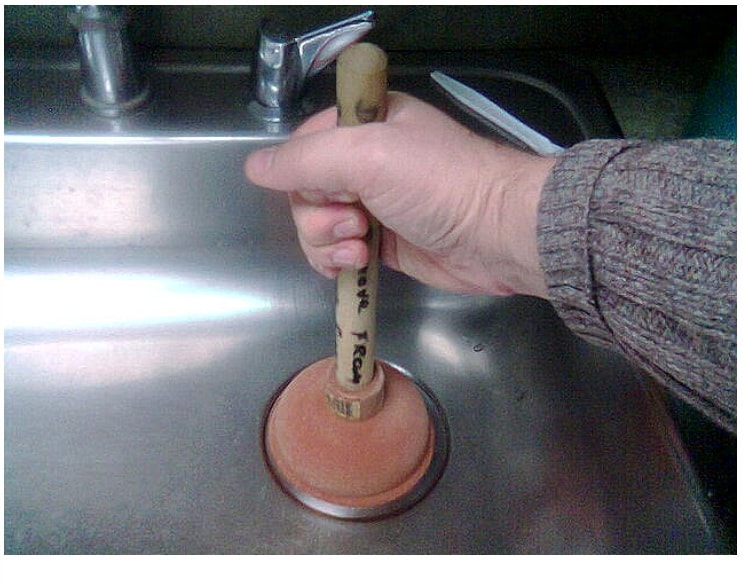 Using a plunger on your kitchen sink has many benefits. Not only is it a quick and easy solution, but it also doesn't require any harsh chemicals or tools that could potentially damage your pipes. Plus, it's a cost-effective option, saving you from having to call a plumber.
Another advantage of using a plunger is that it can be used on both double and single sinks. Simply cover one drain with a wet cloth while plunging the other, creating a seal and increasing the suction effect.
Using a plunger on your kitchen sink has many benefits. Not only is it a quick and easy solution, but it also doesn't require any harsh chemicals or tools that could potentially damage your pipes. Plus, it's a cost-effective option, saving you from having to call a plumber.
Another advantage of using a plunger is that it can be used on both double and single sinks. Simply cover one drain with a wet cloth while plunging the other, creating a seal and increasing the suction effect.
Preventing Future Clogs in Your Kitchen Sink
 While using a plunger on your kitchen sink is a great solution for unclogging drains, it's important to take preventative measures to avoid future clogs. Avoid putting large food scraps down the drain and regularly clean the sink to remove any build-up.
You can also use a mixture of baking soda and vinegar to help break down any grease or residue in your pipes. Simply pour half a cup of baking soda down the drain, followed by one cup of vinegar. Let it sit for a few minutes before flushing it with hot water.
In conclusion, a plunger is a handy tool to have in your arsenal for unclogging your kitchen sink. By following these simple steps and taking preventative measures, you can keep your kitchen sink running smoothly and avoid costly plumbing repairs. So the next time you encounter a clogged kitchen sink, don't hesitate to reach for your trusty plunger.
While using a plunger on your kitchen sink is a great solution for unclogging drains, it's important to take preventative measures to avoid future clogs. Avoid putting large food scraps down the drain and regularly clean the sink to remove any build-up.
You can also use a mixture of baking soda and vinegar to help break down any grease or residue in your pipes. Simply pour half a cup of baking soda down the drain, followed by one cup of vinegar. Let it sit for a few minutes before flushing it with hot water.
In conclusion, a plunger is a handy tool to have in your arsenal for unclogging your kitchen sink. By following these simple steps and taking preventative measures, you can keep your kitchen sink running smoothly and avoid costly plumbing repairs. So the next time you encounter a clogged kitchen sink, don't hesitate to reach for your trusty plunger.



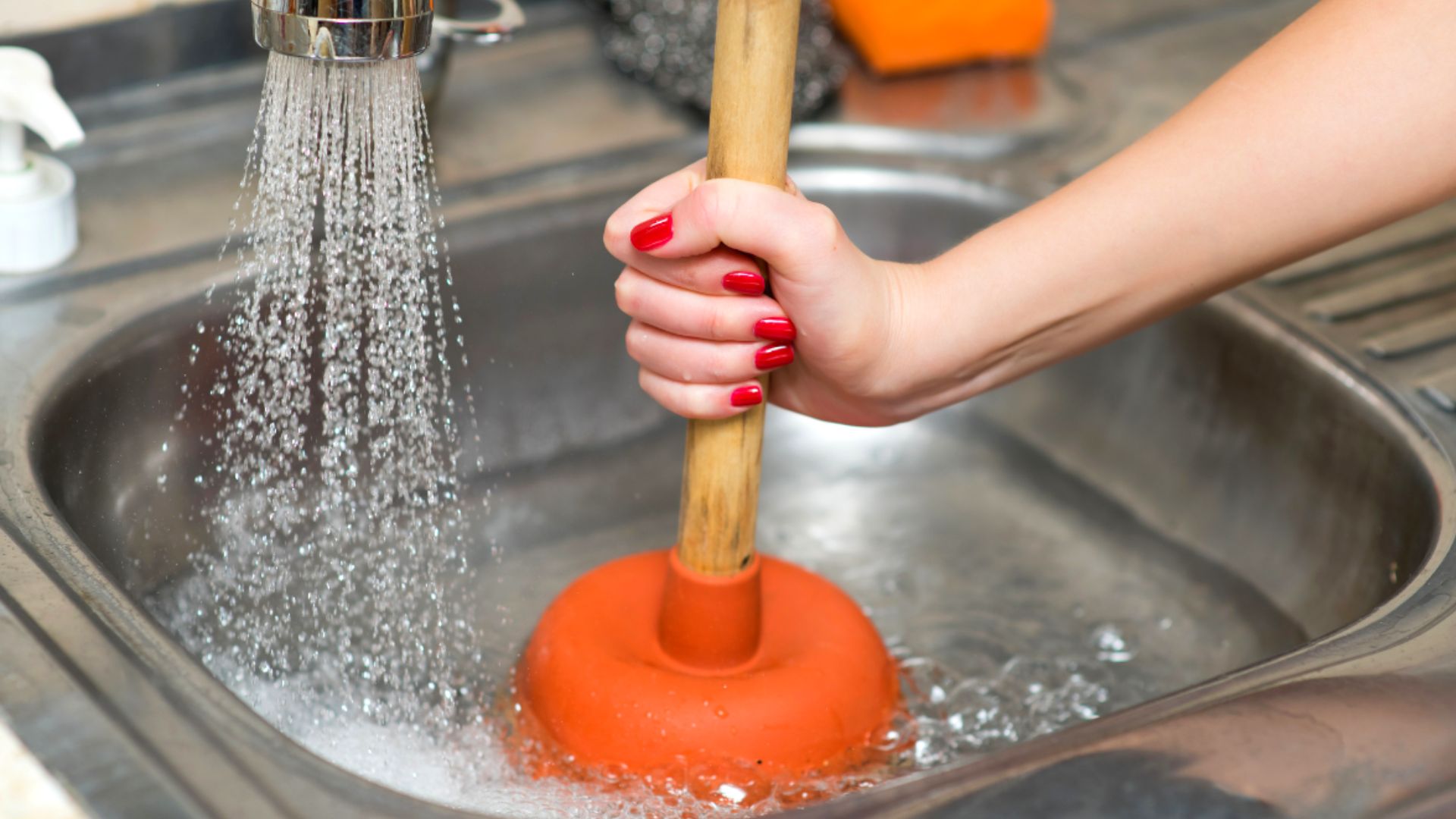
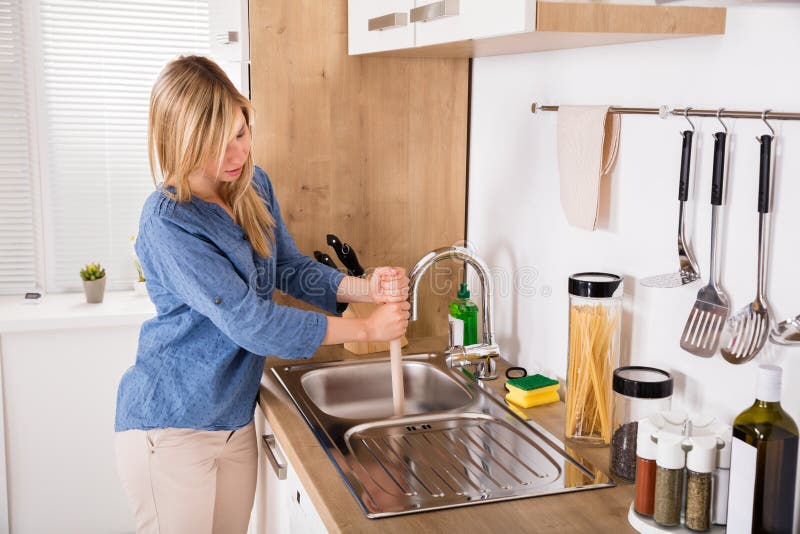







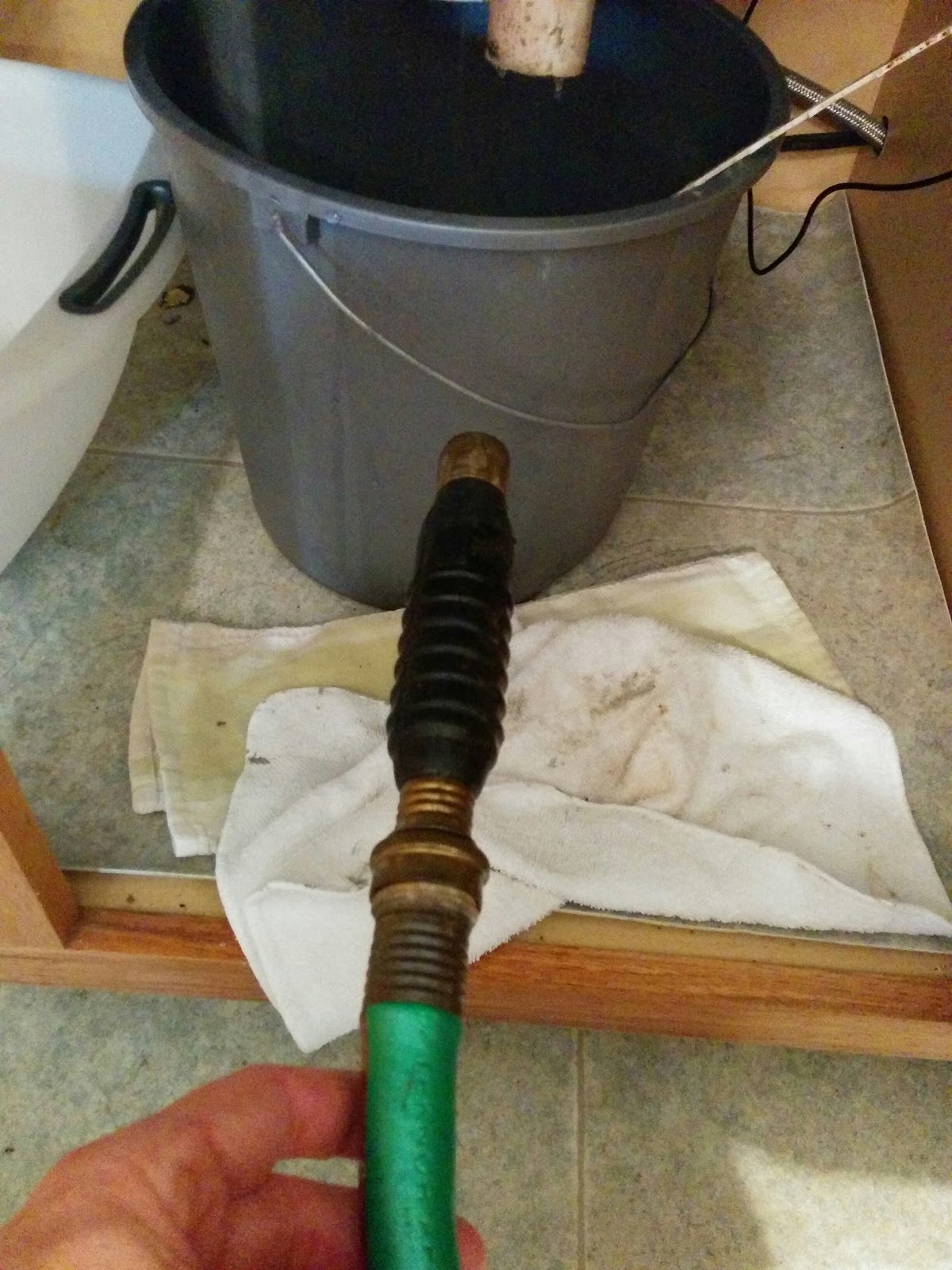






/woman-wearing-yellow-washing-up-gloves-to-unblock-sink-using-plunger-close-up-131987463-5887cfc03df78c2ccd92ec9e.jpg)












